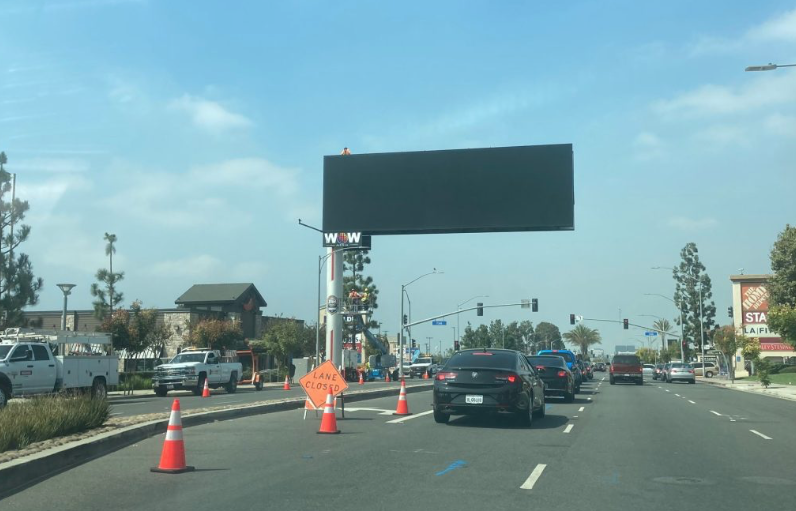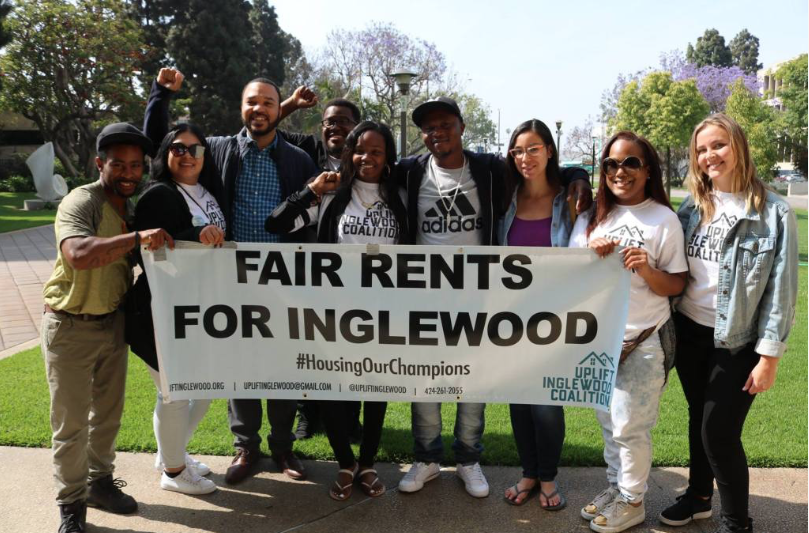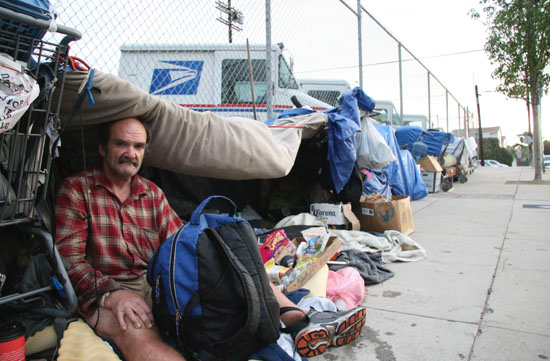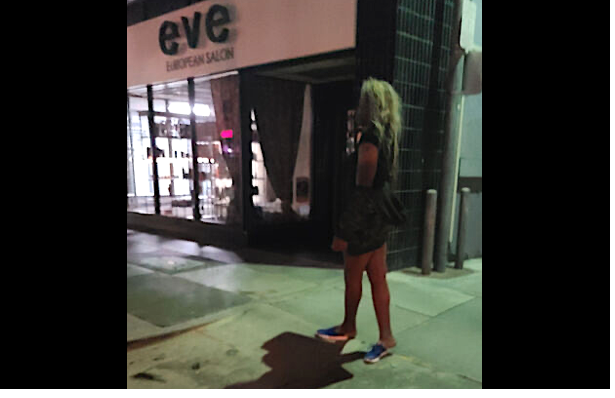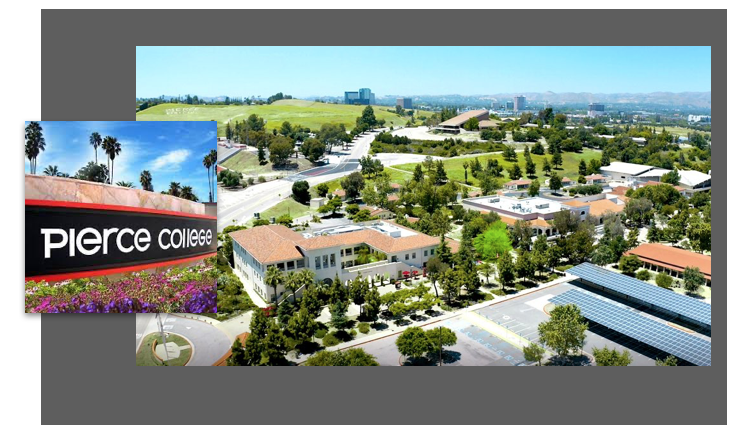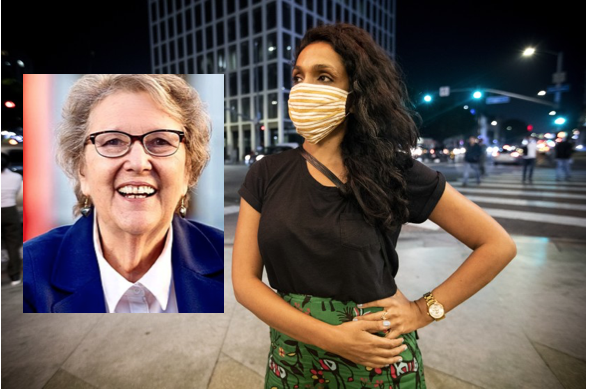Metro Fare Collection Resumes Jan 2022
SOUTH OF THE 10 - To keep Metro riders and our employees safe, we suspended front door boarding on our buses in March 2020 at the onset of the COVID-19 pandemic. We also relaxed our rules requiring riders to use the farebox and TAP validator.











